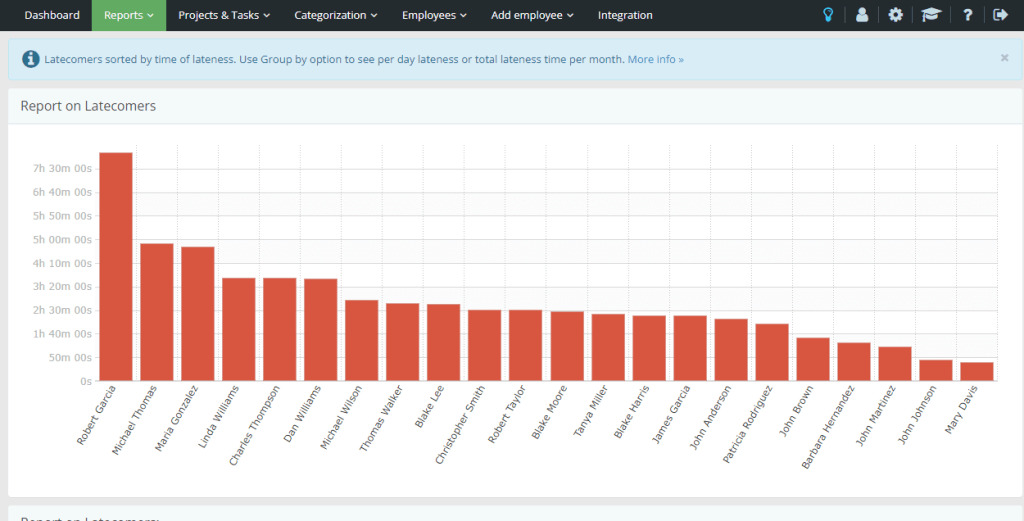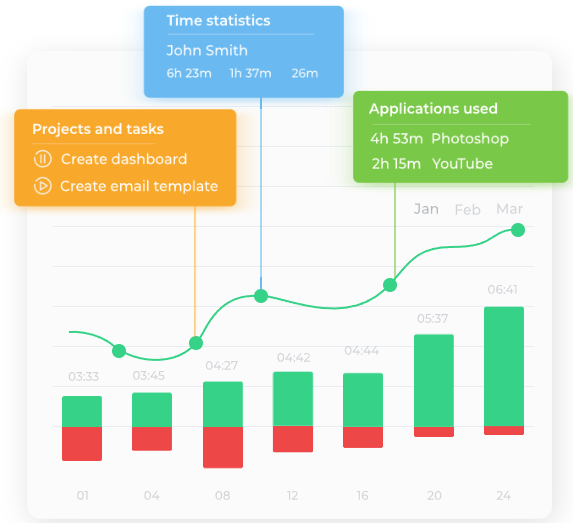As companies grow, staying aligned becomes harder. Projects multiply, teams expand, and it’s easy to lose sight of how daily work connects to strategic outcomes. Without a clear time strategy, even productive teams can drift from what truly matters.
How can strategic time tracking improve alignment across teams?
By connecting daily activities to measurable business goals, leaders can ensure everyone’s time supports priorities that drive long-term impact.
Wasted time isn’t just inefficient — it’s a sign of misalignment. When teams lack visibility into how their work contributes to shared objectives, motivation drops and momentum slows. That’s where smarter time alignment makes the difference.
Why Strategic Time Tracking Matters for Scaling Companies
Growth brings complexity. To manage it well, leaders need more than raw output — they need clarity. Strategic time tracking provides real-time insight into how teams spend their time, and whether that time supports business-critical goals.

Rather than micromanaging, managers can focus on guiding attention — making sure resources, energy, and focus stay aligned with what the business truly needs at every stage of growth.
Building Alignment with Business Goals Through Time Strategy
It’s not enough to define goals — teams need systems that keep those goals in view during execution. A clear time strategy helps organizations maintain direction, even as roles shift or priorities evolve.
How time alignment supports business execution:
Links task-level work to broader company objectives
Helps teams prioritize based on goal relevance
Surfaces activities that don’t contribute to outcomes
Encourages ownership by showing strategic context
Strengthens accountability through visible time choices
Instead of adding pressure, this approach brings clarity — and gives teams permission to focus.
The Role of Business Alignment Tools in Scaling Culture
When scaling, culture breaks where alignment breaks. Business alignment tools provide the connective tissue between leadership goals and day-to-day activity. They make expectations visible and measurable, which supports autonomy without chaos.

With the help of business alignment tools, organizations can decentralize responsibility while maintaining a shared sense of direction. This empowers teams to act faster, adjust smarter, and stay committed to what matters most.
Using Work Time Analytics for Strategic Feedback
Understanding how time is spent is only useful if it drives action. That’s why work time analytics aren’t just about tracking — they’re about learning. Trends, deviations, and blind spots in time use tell a bigger story about focus and execution.
By leveraging work time analytics, managers can:
Detect goal drift early
Course-correct before delays grow costly
Identify high-leverage behaviors
Support coaching with real examples
Shape strategy through real-world data
This creates a loop: strategy guides time use, and time use informs strategy.
Scaling Performance Through Clear Goal Setting
Clear goals mean clear focus. But goal setting often stops at planning — and never reaches execution. Time alignment bridges that gap.
Teams that integrate time awareness into goal execution:
Track effort against outcomes in real time
Adjust timelines based on actual capacity
Communicate priorities across departments
Reduce friction between planning and delivery
Learn faster from what works — and what doesn’t
This isn’t control — it’s cohesion. And that’s what allows performance to scale sustainably.
Align Time to What Matters Most
Aligning time with business goals is one of the highest-leverage moves a growing company can make. It ensures that every hour fuels meaningful progress — not just motion.
Ready to build a company where time and vision move together? Start with Yaware — a time tracking platform designed to support strategic alignment and performance at scale. Register now and turn time into a competitive advantage.

